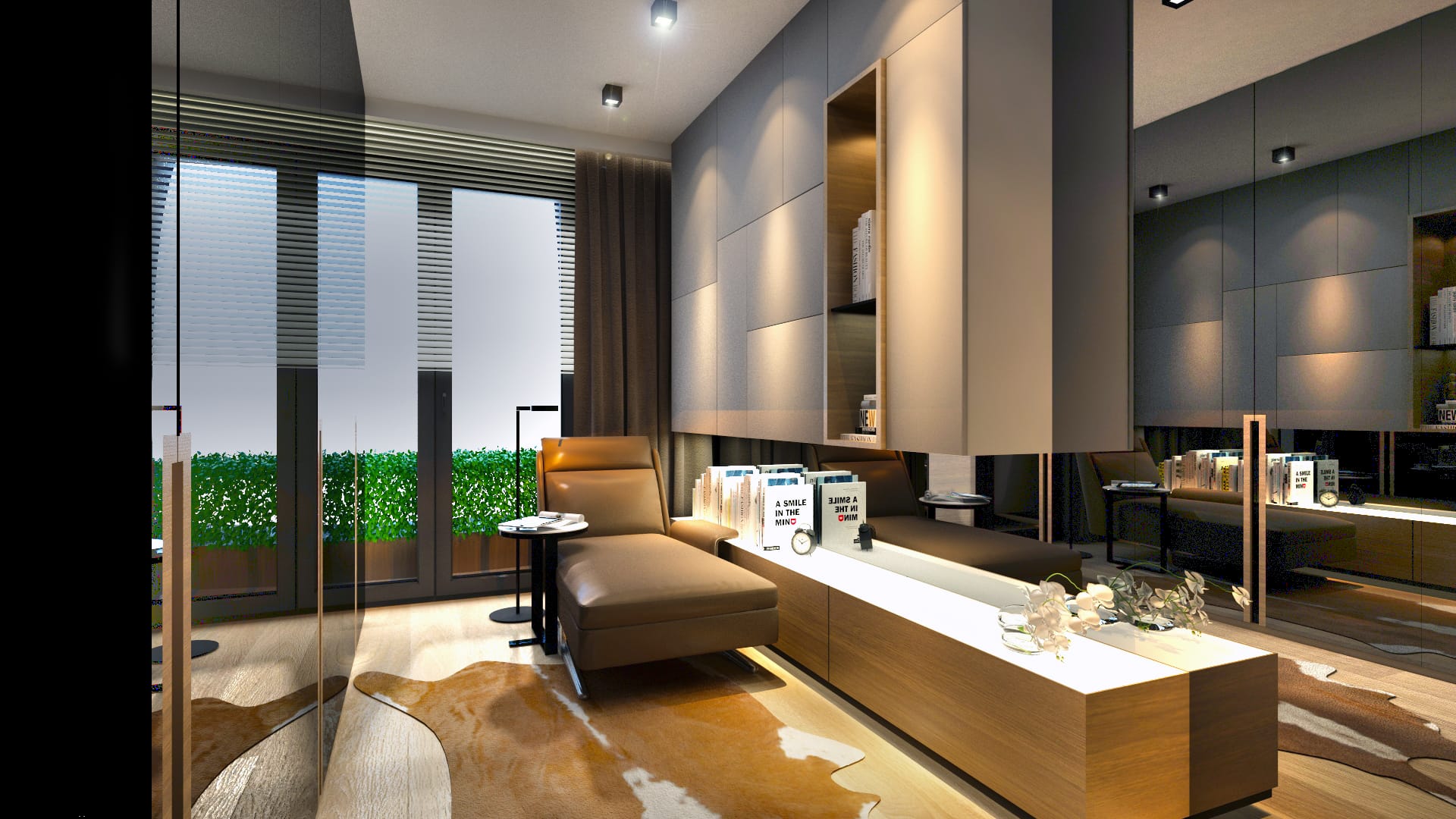TEAM Project » News » From Scandinavian to Japanese: Minimalist Interior Design Styles Explained

From Scandinavian to Japanese: Minimalist Interior Design Styles Explained
Minimalism has become a cornerstone of modern interior design, offering homeowners a way to create serene, clutter-free spaces that promote peace and functionality. Among the most popular minimalist styles are Scandinavian and Japanese interior design, each rooted in unique cultural philosophies. While both styles focus on simplicity and natural elements, they have distinct approaches that can inspire different design choices. In this article, we’ll explore the key elements of each style and how you can incorporate them into your home.
1. What Defines Scandinavian Interior Design?
Scandinavian interior design originates from Nordic countries such as Sweden, Denmark, and Norway. It reflects the Scandinavian way of life—focused on functionality, comfort, and a strong connection to nature.
Key Characteristics of Scandinavian Design
- Light color palettes: Scandinavian interiors often feature whites, soft grays, and pale blues to maximize natural light.
- Natural materials: Wood, wool, leather, and stone are commonly used to bring warmth into minimalist spaces.
- Functional furniture: Pieces are simple in form and designed with practicality in mind.
- Hygge-inspired decor: The Danish concept of “Hygge” emphasizes cozy elements like soft blankets, candles, and textured rugs.
How to Incorporate Scandinavian Design
- Use light, neutral colors on walls and furniture to keep the space bright and airy.
- Opt for sleek, modern furniture that is both functional and comfortable.
- Bring in natural elements like potted plants or wooden accents to create warmth.
2. What Defines Japanese Interior Design?
Japanese interior design, also known as Wabi-Sabi, embraces the beauty of imperfection and simplicity. This design philosophy is deeply rooted in Japanese culture, focusing on creating harmonious spaces that foster calm and mindfulness.
Key Characteristics of Japanese Design
- Natural tones and materials: Bamboo, stone, and paper elements are commonly used to reflect nature.
- Minimalist aesthetics: Japanese design removes unnecessary clutter to promote tranquility.
- Sliding screens (Shoji): These lightweight, translucent screens are used to divide spaces without closing them off completely.
- Indoor-outdoor connection: Traditional Japanese homes emphasize seamless transitions between indoor and outdoor areas.
How to Incorporate Japanese Design
- Declutter your space and keep only essential, meaningful objects.
- Use low-profile furniture, such as futons or low tables, to create a sense of openness.
- Integrate natural materials like wood and stone in furniture, flooring, and decor.
3. The Fusion of Japanese and Scandinavian Design: Japandi Style
In recent years, Japandi design has emerged as a fusion of Scandinavian and Japanese aesthetics. This hybrid style combines the warmth and functionality of Scandinavian interiors with the simplicity and elegance of Japanese design. Japandi is gaining popularity among trend-conscious homeowners for its ability to create serene, harmonious spaces.
Key Elements of Japandi Design
- Neutral color palettes: Muted tones like beige, off-white, and light gray dominate Japandi interiors.
- Functional minimalism: Every piece of furniture serves a practical purpose while maintaining an elegant form.
- Natural light and open spaces: Large windows and minimal window treatments allow natural light to flood the space.
- Handcrafted decor: Hand-thrown ceramics, woven baskets, and artisanal furniture pieces add character to the space.
4. How Minimalist Design Can Enhance Your Home
Minimalist design goes beyond aesthetics—it creates spaces that are functional, relaxing, and easy to maintain. By adopting Japanese interior design or Scandinavian design, you can make your home a sanctuary from the demands of everyday life. Whether you lean toward the natural warmth of Nordic interiors or the tranquility of Japanese-inspired spaces, the key is to create a design that reflects your personal values.
Tips for Incorporating Minimalist Elements
- Choose high-quality furniture with timeless appeal to avoid frequent replacements.
- Keep decor elements simple and meaningful—less is more in minimalist spaces.
- Emphasize natural light with open layouts and neutral tones to make your home feel more expansive.
Final Thoughts
Both Scandinavian and Japanese interior design styles offer a path to simplicity and serenity, but their unique cultural backgrounds provide different approaches. Whether you’re drawn to the cozy practicality of Scandinavian design or the mindful minimalism of Japanese interiors, incorporating these principles can elevate your home. And if you love elements from both, Japandi design offers the best of both worlds—a blend of warmth, simplicity, and elegance.
Minimalist interior design isn’t just a trend; it’s a lifestyle choice that prioritizes functionality, beauty, and peace. With the right approach, you can create a space that feels like home while reflecting your unique style.





